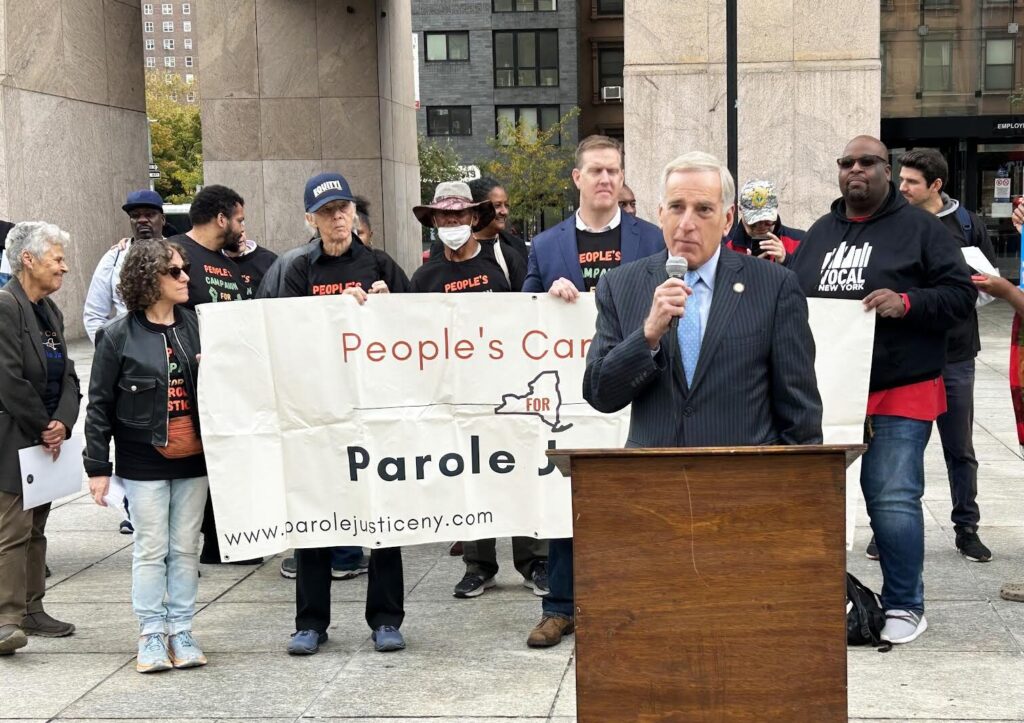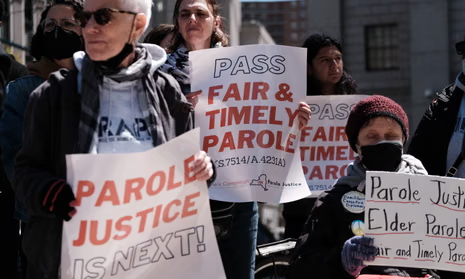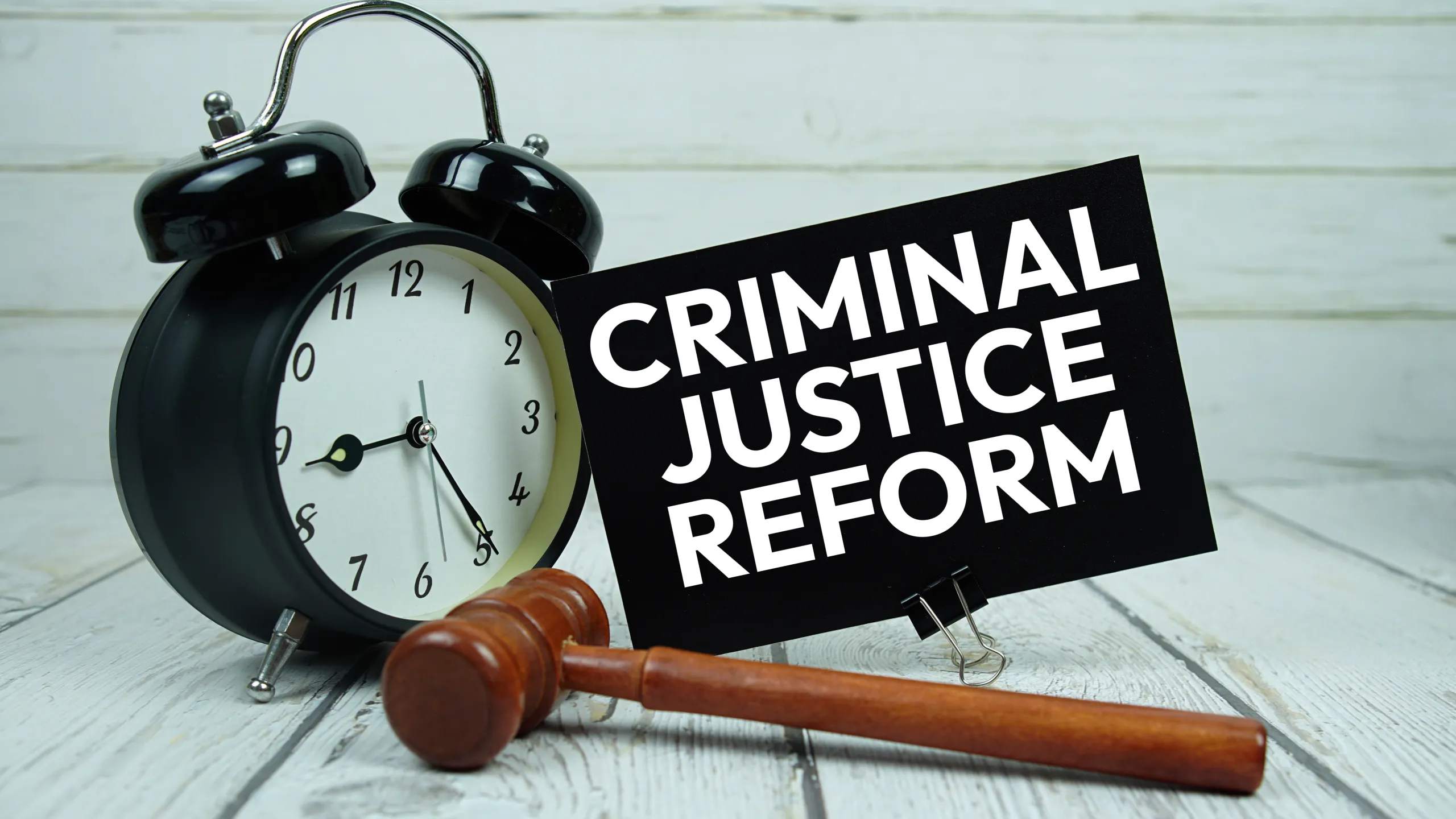Introduction
Parole Reform New York has become one of the most debated issues in 2025. Supporters argue it reduces mass incarceration and offers second chances, while opponents claim it fails victims and threatens community safety. With so much misinformation circulating, it’s time to expose the shocking myths vs. the real data and see what parole reform actually means for New Yorkers.
Why Parole Reform New York Is Trending
Parole Reform New York has gained national attention due to recent legislation and high-profile cases. Hashtags like #ParoleReformNY trend on social media after controversial parole decisions, while lawmakers in Albany face pressure from both victims’ advocates and reform supporters.
The debate has gone beyond the courtroom—becoming political, emotional, and deeply personal for families across the state.
Myth vs. Reality: What the Data Reveals
Myth 1: Parole Reform New York Leads to More Crime
Opponents say parole reform automatically increases crime.
Reality: Data from the New York Department of Corrections shows that over 80% of parolees do not return to prison within three years. States like New Jersey with similar reforms have seen recidivism rates drop, not rise.
Myth 2: Parole Reform New York Ignores Victims’ Rights
Critics argue victims’ voices are silenced.
Reality: Parole boards in New York are required by law to consider victim impact statements. In People v. Santiago (2024), parole was denied after strong testimony from the victim’s family. Victims remain central to the process.
Myth 3: Parole Reform New York Weakens Communities
Some believe parole reform benefits offenders at the expense of neighborhoods.
Reality: A 2025 Brennan Center report shows parole reform saves $300 million annually, money that supports victim services, community safety, and rehabilitation programs. Far from weakening communities, Parole Reform New York is strengthening them.
Live Example: The John Rivera Story
A powerful example of Parole Reform New York in action is the story of John Rivera. Convicted of armed robbery at 19, Rivera was granted parole in 2022. Since release, he has launched a nonprofit in the Bronx mentoring at-risk youth. Instead of harming his community, Rivera became a leader who reduces crime by giving young people alternatives.
This real-life case shows the human potential behind parole reform when second chances are combined with accountability.

The Human Side of Parole Reform New York
Beyond statistics, Parole Reform New York is about real people—victims seeking justice, families waiting for loved ones, and parolees hoping for redemption.
As Professor Laura Mitchell of NYU School of Law notes:
“Parole reform isn’t about being soft on crime—it’s about being smart on justice.”
That human touch is why reform resonates with New Yorkers who want fairness and safety.
YouTube Resource
To see experts debate the issue, check out this discussion:
👉 New York State Bar Association’s Panel on Parole Reform
Embedding such resources adds credibility and provides readers with an interactive way to engage with the topic.
What’s Next for Parole Reform New York?
Looking ahead, lawmakers must balance public safety and rehabilitation. While opponents focus on risks, the reality is that Parole Reform New York has the potential to lower recidivism, save taxpayer money, and create stronger communities.
The challenge is designing reforms that both honor victims’ voices and provide real opportunities for parolees to succeed after release.

Conclusion
The debate over Parole Reform New York is often clouded by fear and misinformation. But the data, case studies, and human stories reveal a different truth: reform can protect communities, respect victims, and give people second chances.
In 2025, the real question isn’t whether parole reform should happen—it’s how to do it right. For New York, that means moving beyond myths and focusing on what works: fairness, accountability, and hope.


Leave a Reply